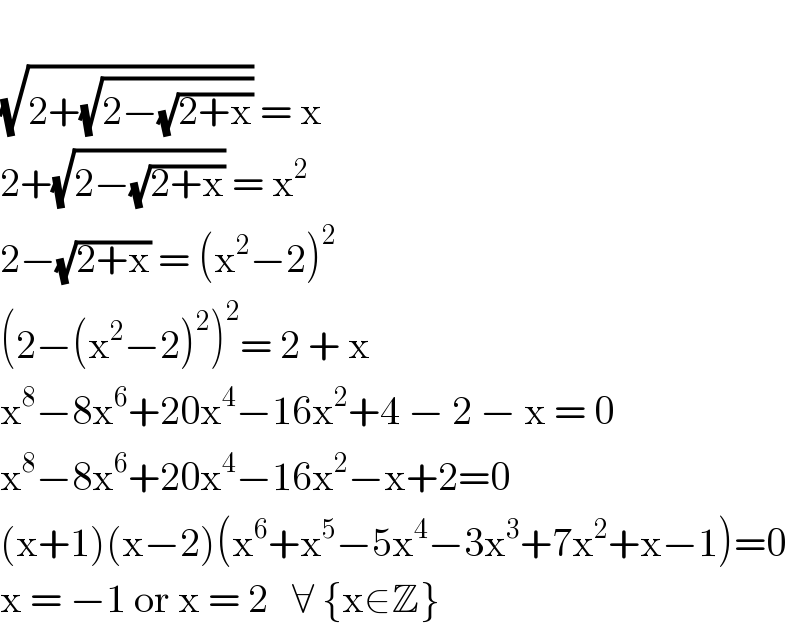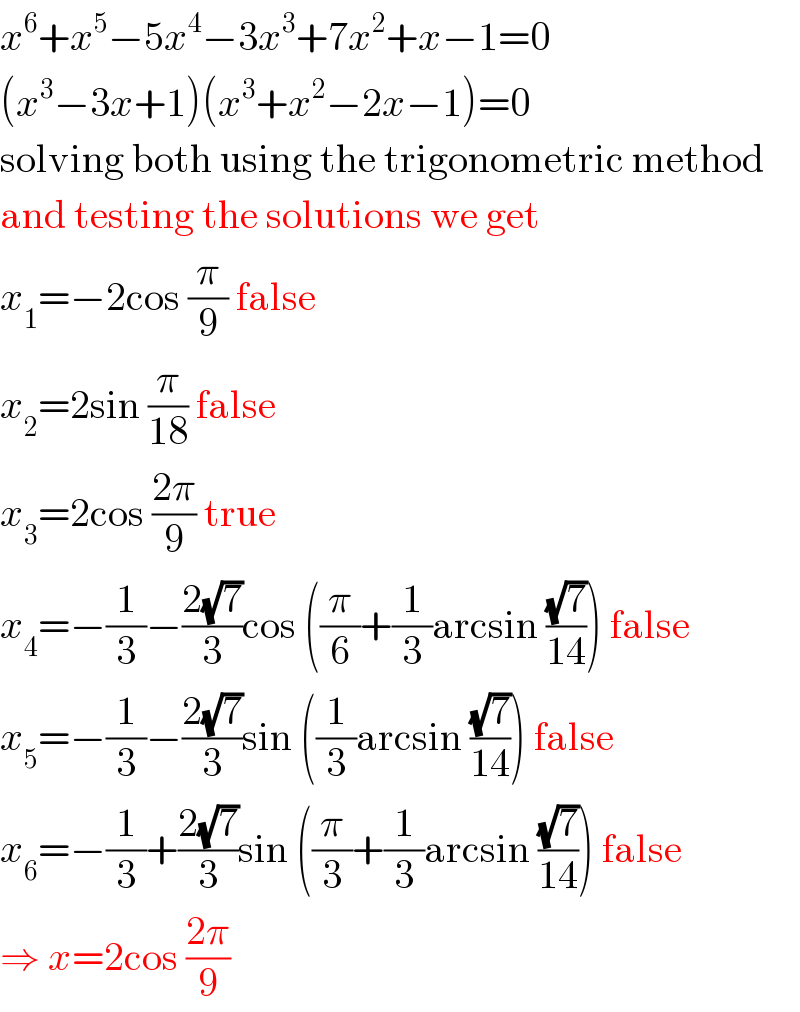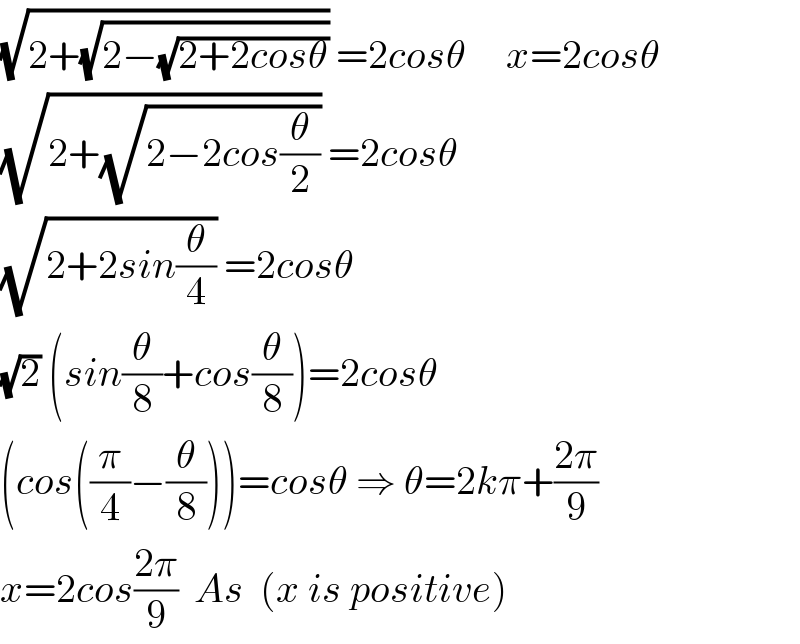
Question and Answers Forum
Question Number 123210 by Khalmohmmad last updated on 24/Nov/20

Answered by Lordose last updated on 24/Nov/20

Commented by MJS_new last updated on 24/Nov/20

Commented by 676597498 last updated on 24/Nov/20

Commented by MJS_new last updated on 24/Nov/20

Commented by Lordose last updated on 24/Nov/20

Commented by Lordose last updated on 24/Nov/20

Commented by Khalmohmmad last updated on 24/Nov/20

Answered by Dwaipayan Shikari last updated on 24/Nov/20

Commented by Khalmohmmad last updated on 24/Nov/20

